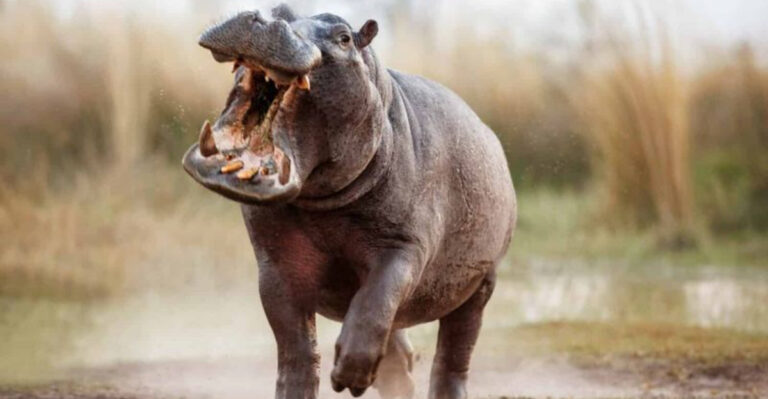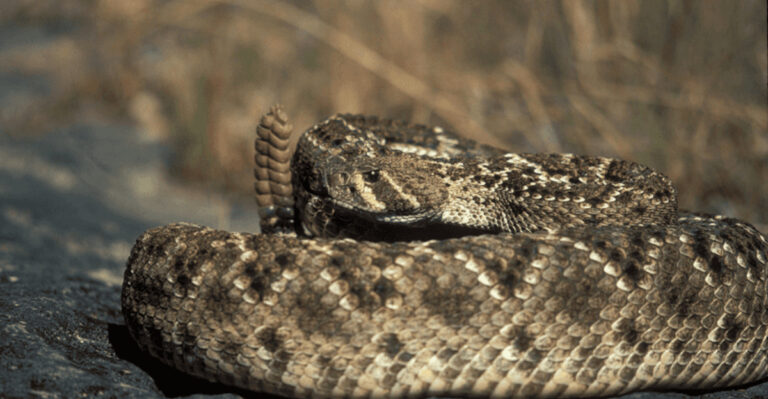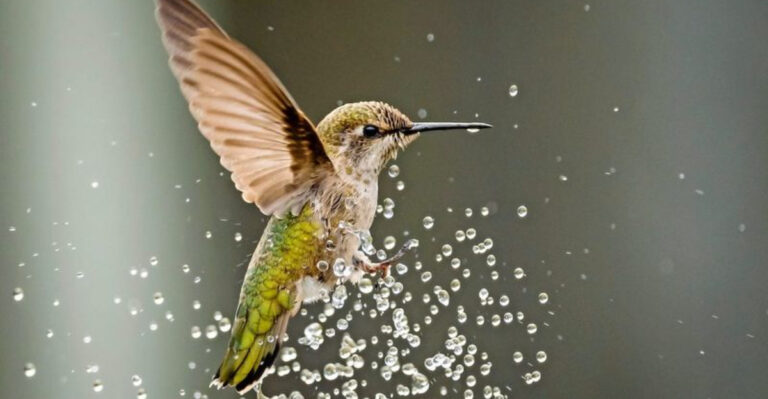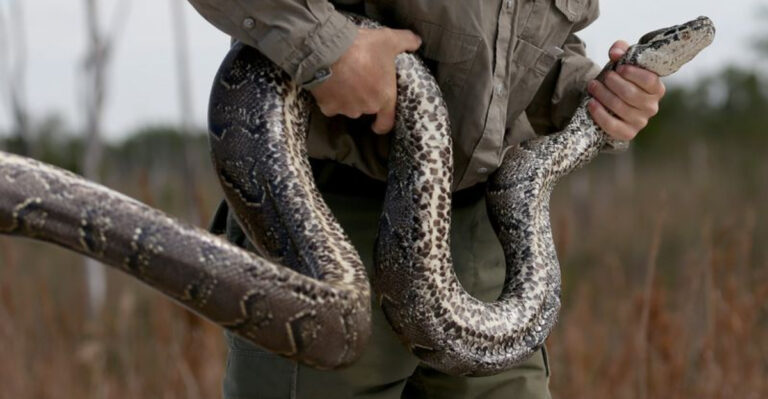9 Animals That May Disappear Forever In 2025 And 6 That Prove All Is Not Lost
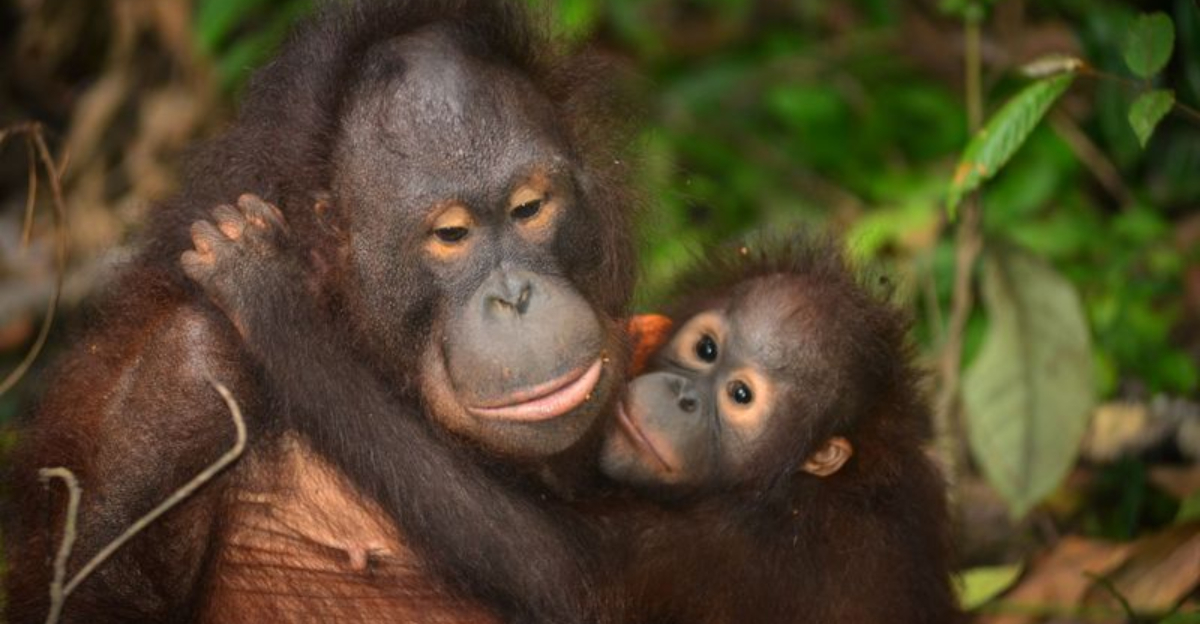
Our planet’s wildlife faces unprecedented challenges. From climate change to habitat loss, many species are teetering on the brink of extinction.
Some beloved creatures might vanish completely by next year, leaving behind only photographs and memories. But amid this gloomy forecast, several animal populations are making remarkable comebacks, giving us hope that conservation efforts can truly make a difference.
1. Vaquita Porpoise: Down To Just 10
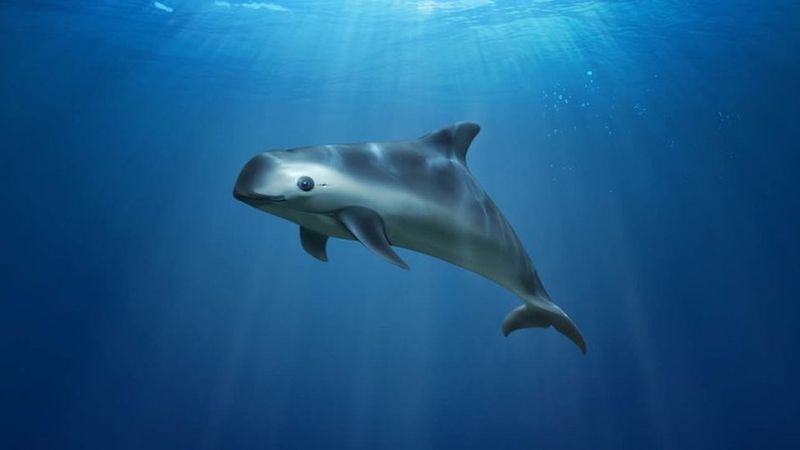
The vaquita, a tiny porpoise found only in Mexico’s Gulf of California, has become the poster child for extinction. Illegal fishing nets meant for another species continue to trap these shy creatures accidentally.
Scientists estimate fewer than 10 remain in the wild today. Despite international protection efforts, their population continues to plummet. Without immediate and drastic intervention, 2025 could mark the end of this unique marine mammal.
2. Amur Leopard Faces Final Days
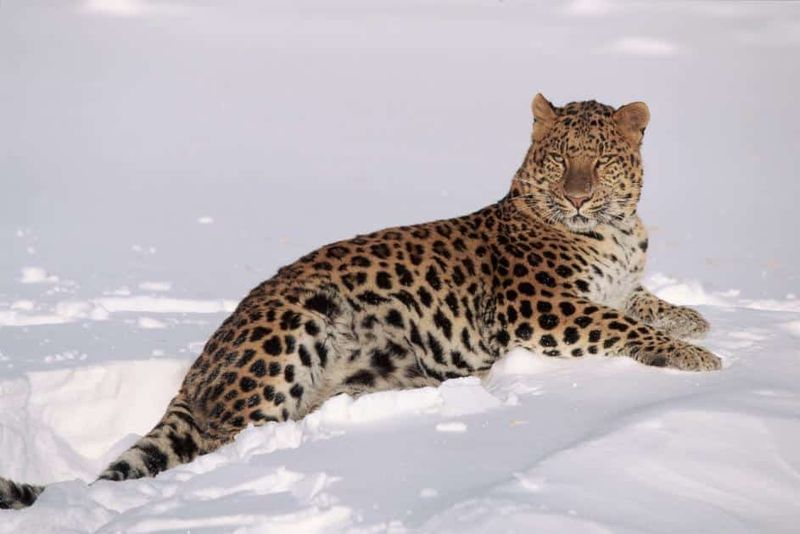
With striking spotted coats and remarkable jumping abilities, Amur leopards once roamed freely across northeast Asia. Today, fewer than 100 remain in the wild, mostly in a small region between Russia and China.
Poaching for their beautiful fur continues despite strict laws. Their forest habitat shrinks yearly due to logging and development. These solitary cats need vast territories to hunt and breed, making their recovery especially challenging.
3. Javan Rhino: Last 75 Standing
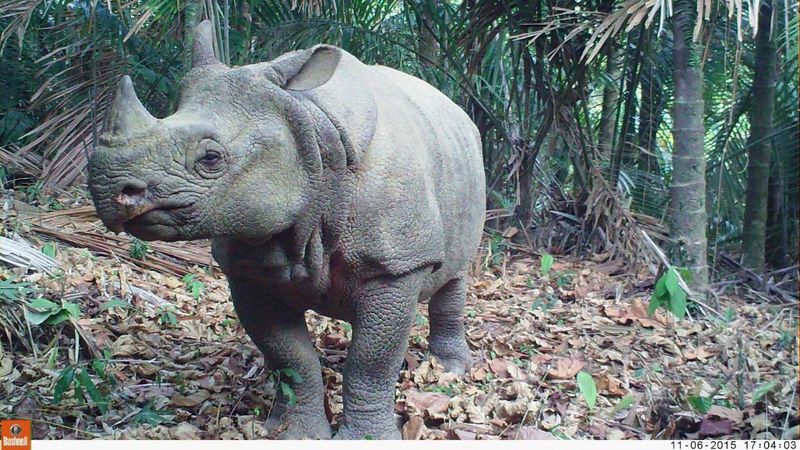
Once widespread throughout Southeast Asia, Javan rhinos now cling to existence in just one national park in Indonesia. Unlike their African cousins, these forest-dwelling rhinos have only one horn and a gentler appearance.
Their tiny population makes them extremely vulnerable to disease outbreaks or natural disasters. Poaching remains a constant threat despite round-the-clock protection. Their forest habitat continues to shrink as human settlements expand around the park boundaries.
4. Northern White Rhino: Two Females Left
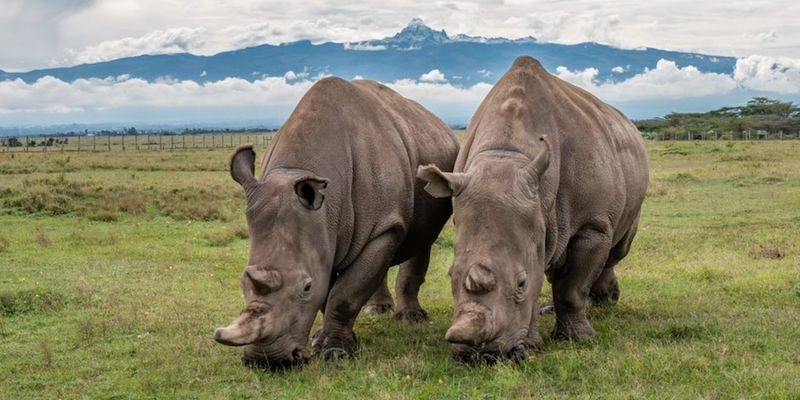
The northern white rhino story represents one of conservation’s greatest tragedies. Only two females remain alive today, both living under 24-hour armed guard in Kenya. The last male, Sudan, died in 2018, effectively dooming the subspecies.
Scientists are attempting the impossible with in vitro fertilization using stored sperm. However, success remains uncertain. These gentle giants once roamed central Africa in healthy numbers before poaching decimated their population in just a few decades.
5. Yangtze Giant Softshell Turtle: Just Three Remain
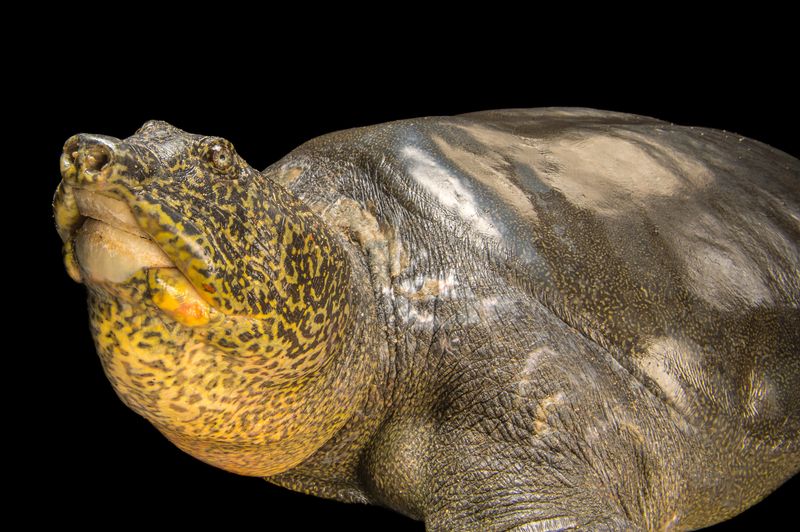
These remarkable freshwater turtles can grow to over 100 pounds and live for a century. Sadly, only three individuals remain worldwide – one in Vietnam and two in captivity in China.
Pollution of the Yangtze River system destroyed their habitat, while hunting for their meat and shells devastated their numbers. Conservation breeding efforts have repeatedly failed. With such a tiny population, genetic diversity is extremely limited, making recovery nearly impossible.
6. Sumatran Orangutan Losing Its Forest Home
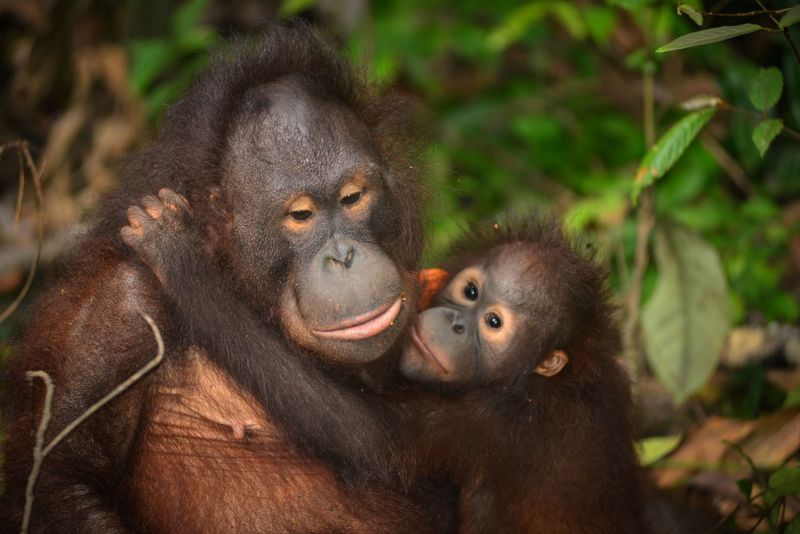
With their soulful eyes and remarkable intelligence, Sumatran orangutans share 97% of human DNA. These great apes live exclusively in the trees of Indonesia’s northern Sumatra, building nests each night.
Palm oil plantations continue replacing their rainforest habitat at alarming rates. Fewer than 14,000 remain in fragmented forest patches. Baby orangutans spend years learning from their mothers, making population recovery extremely slow even under ideal conditions.
7. Saola: The Asian Unicorn’s Last Stand
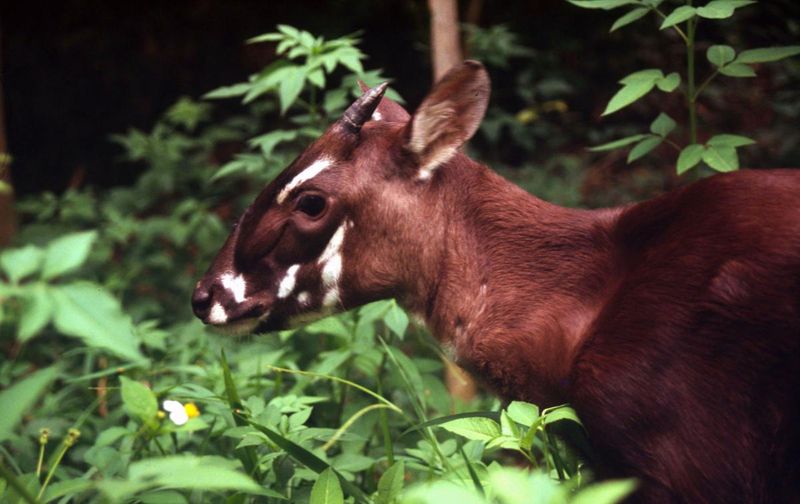
The saola was only discovered by Western scientists in 1992, yet this beautiful forest-dwelling bovine with two parallel horns might disappear before we truly understand it. Native to the mountains between Vietnam and Laos, fewer than 100 are believed to exist.
No scientist has seen one in the wild for years. They’re so elusive locals call them “Asian unicorns.” Hunting with snares set for other animals continues to claim saola lives despite conservation efforts in their remote mountain habitat.
8. South China Tiger: Possibly Already Gone
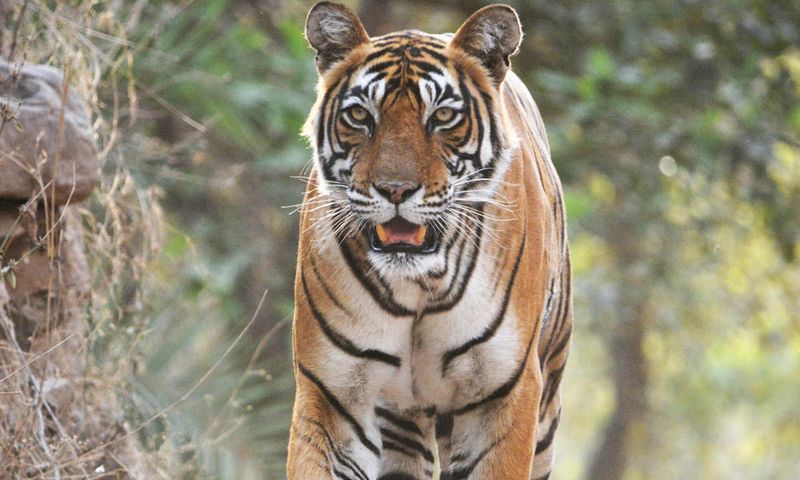
The South China tiger might already be extinct in the wild. None have been reliably spotted in their native habitat for over 20 years, though a captive breeding program maintains about 100 individuals.
Once the most common tiger subspecies in China, government-sponsored hunting campaigns in the 1950s decimated their population. Habitat fragmentation finished the job. Scientists debate whether the remaining captive tigers could ever successfully return to the wild.
9. Hawksbill Sea Turtle’s Final Voyage

Hawksbill turtles have swum Earth’s oceans for 100 million years, their beautiful shell patterns making them instantly recognizable. These ancient mariners face extinction primarily because humans prize their shells for jewelry and decorations.
Climate change threatens their nesting beaches, while ocean plastic often resembles their jellyfish prey. Despite international protection, illegal trafficking continues. Female hawksbills return to their birth beaches to lay eggs, making each nesting population genetically unique and irreplaceable.
10. California Condor Soars Back From The Edge
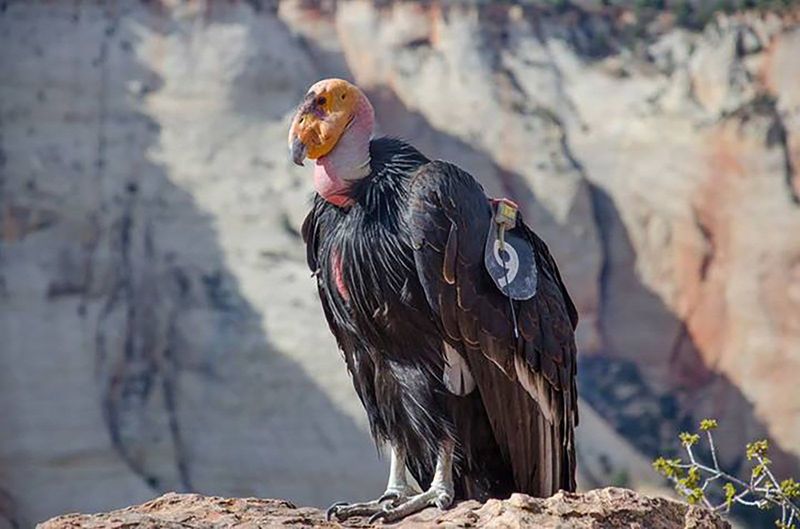
North America’s largest bird nearly vanished forever. In 1987, the last 22 California condors were captured for an emergency breeding program when extinction seemed certain. These magnificent birds boast wingspans reaching 9.5 feet!
Today, over 300 condors soar in the wild. Each bird wears tracking tags allowing scientists to monitor their progress. Lead poisoning from ammunition in animal carcasses remains their biggest threat, but education programs are helping hunters switch to safer alternatives.
11. Giant Panda’s Bamboo-Fueled Comeback
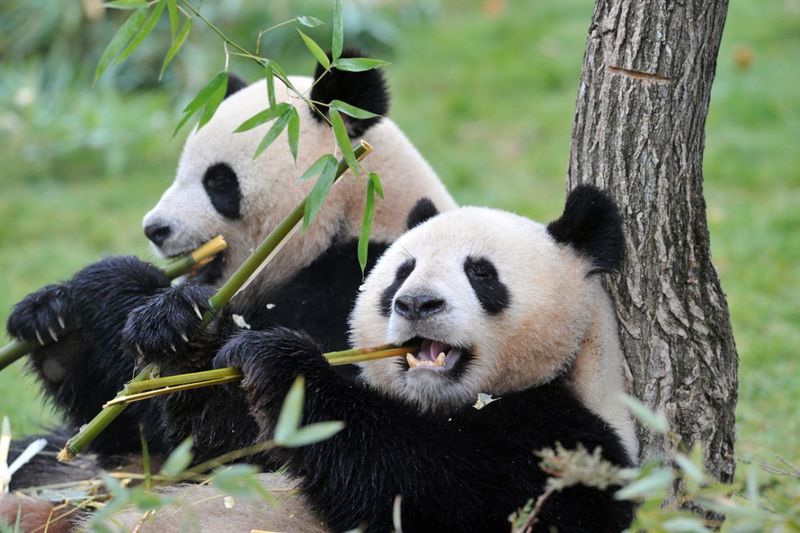
Once the international symbol of endangered species, giant pandas have become conservation’s greatest success story. In 2016, their status improved from “endangered” to “vulnerable” after decades of intense protection efforts in China.
Panda reserves now protect not just the bears but entire mountain ecosystems. Breeding programs have boosted their numbers to over 1,800 in the wild. These bamboo-munching bears still face challenges from climate change threatening their food supply, but their future looks brighter than it has in generations.
12. Southern White Rhino’s Population Miracle
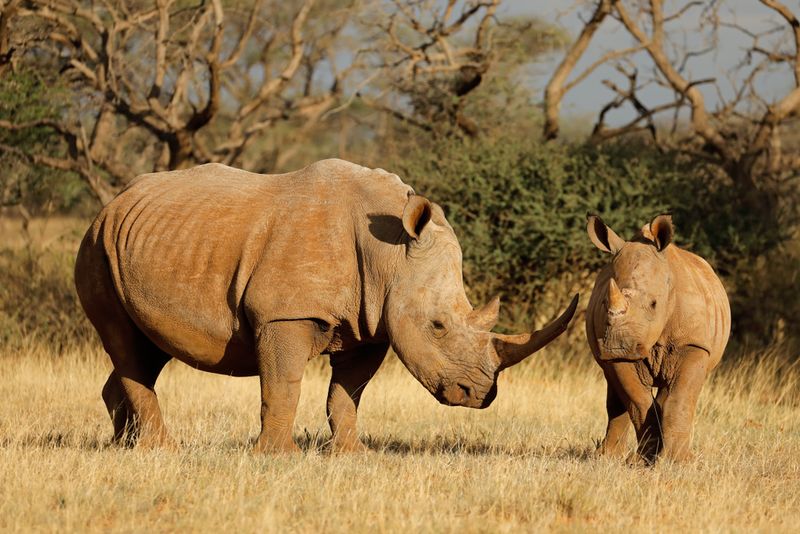
While their northern cousins face extinction, southern white rhinos represent an incredible conservation victory. In the late 1800s, they were thought extinct until a small population of fewer than 50 was discovered in South Africa.
Through strict protection and managed breeding, their numbers have rebounded to over 20,000 today. Private game reserves and innovative anti-poaching technologies help keep them safe. Though poaching for their horns remains a serious threat, their recovery proves what’s possible with dedicated conservation.
13. American Bison: From Millions To Hundreds To Thousands
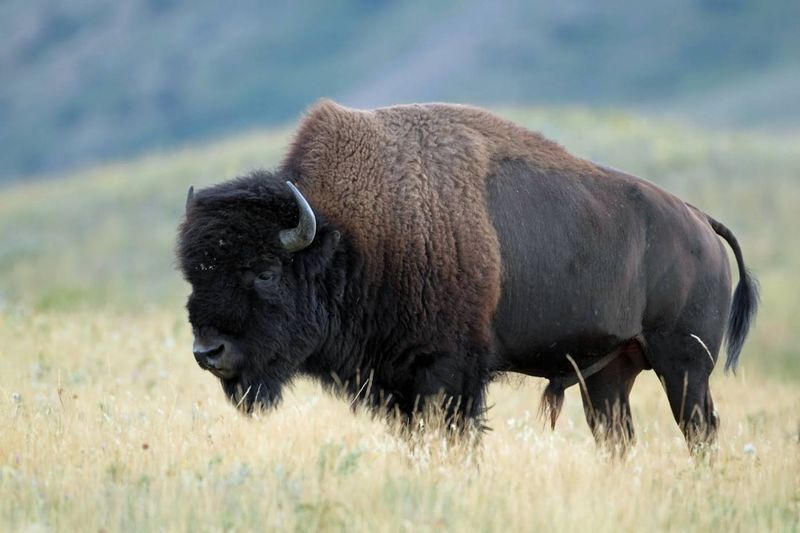
Once numbering 30-60 million across North America, American bison were hunted to near extinction in the 1800s. By 1900, fewer than 1,000 remained. Their massive bodies and shaggy coats make them icons of the American prairie.
Today, around 31,000 bison live in conservation herds. Native American tribes lead many restoration efforts on tribal lands where bison hold cultural significance. Though still occupying less than 1% of their historical range, their increasing numbers show nature’s resilience when given a chance.
14. Arabian Oryx: Back From Extinction
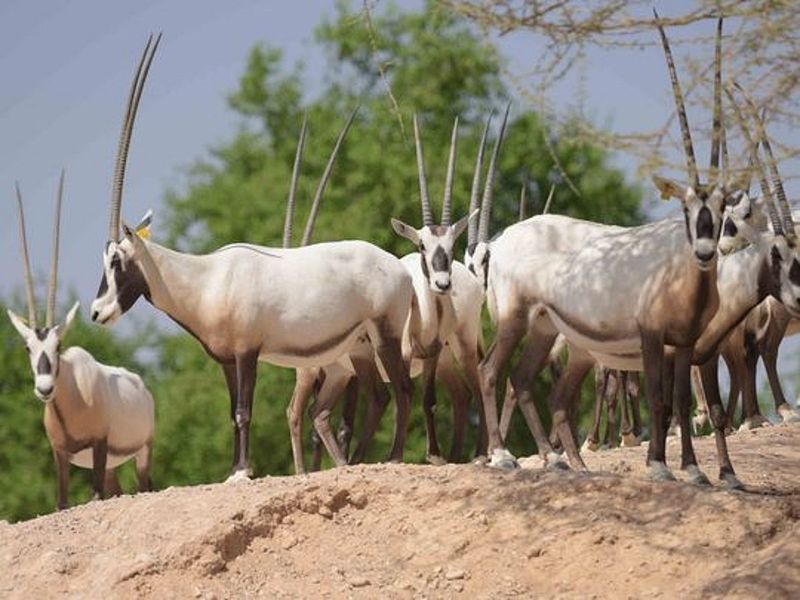
The Arabian oryx achieved what seemed impossible – returning from extinction in the wild. These striking white antelopes with long, straight horns were declared extinct in their native deserts in 1972 due to overhunting.
Thanks to captive breeding from zoo populations, they were reintroduced to protected areas across the Arabian Peninsula. Today, over 1,000 roam free. Their ability to detect rainfall from great distances and survive extreme desert conditions makes them remarkably resilient once hunting pressure was removed.
15. Gray Wolf’s Howl Returns To Yellowstone
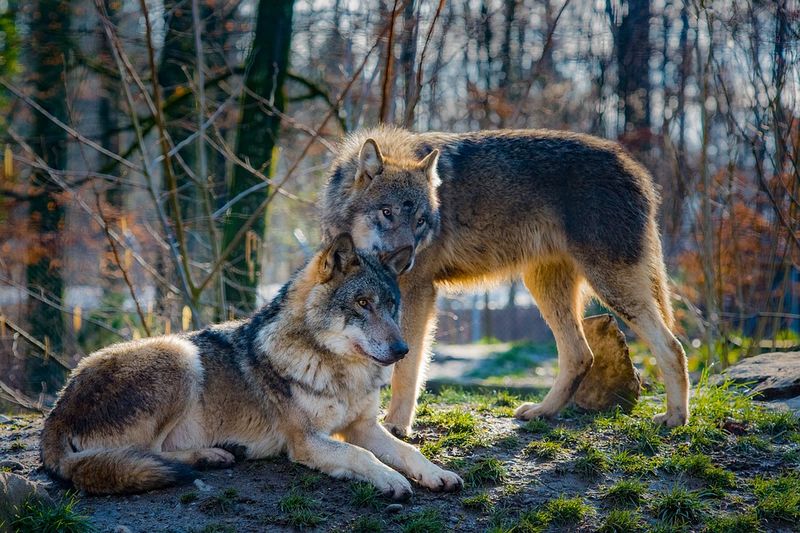
After being systematically eliminated from Yellowstone National Park by the 1920s, gray wolves made a triumphant return when 41 wolves were reintroduced in 1995-1996. Scientists soon witnessed an ecological transformation called a trophic cascade.
Wolves changed elk behavior, allowing vegetation to recover, which brought back beavers and songbirds. Today, around 100 wolves live in Yellowstone, while populations have expanded throughout the Northern Rockies. Their recovery demonstrates how a single species can restore balance to entire ecosystems.


